Yarra Valley cabernet . . . not sexy enough?
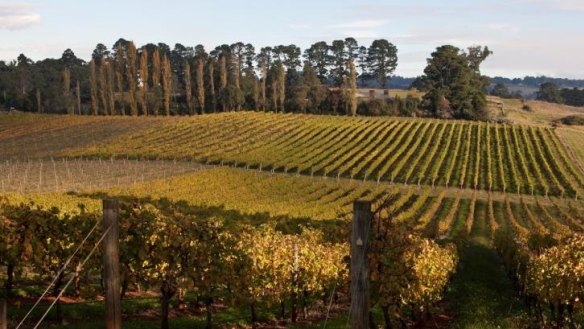
The Yarra Valley has done such a fine job of promoting pinot noir these past 20 years it has unintentionally but, nevertheless, with its usual marketing gusto, disenfranchised the red grape so integral to its history.
Yarra Valley cabernet sauvignon's fall from grace can be measured by pinot noir's rise.
Along the way, the not insignificant issues of climate change, extended drought, new food-matching trends and attitudes to cellaring have all had a detrimental effect on the red grape once considered the Valley's pride.
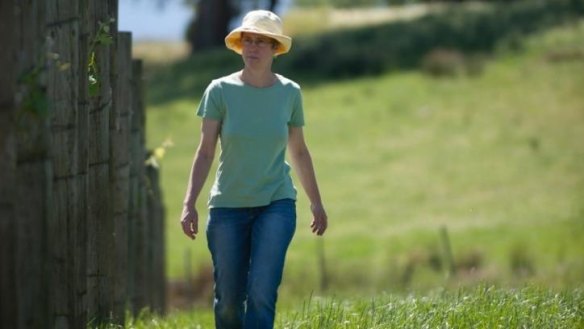
In 2001, 2786 tonnes of cabernet was produced. In 2014, the figure dropped under 1000 tonnes.
With 324 hectares, cabernet now represents less than half the area planted to pinot noir (735 hectares). There are reports – anecdotal at this stage – that some cabernet vines are being grafted over to more fashionable varieties, including pinot.
"Cabernet is not exactly the sexiest variety at the moment and hasn't been for a little while," confirms Richard Howden, chief executive officer, Yarra Valley Wine.
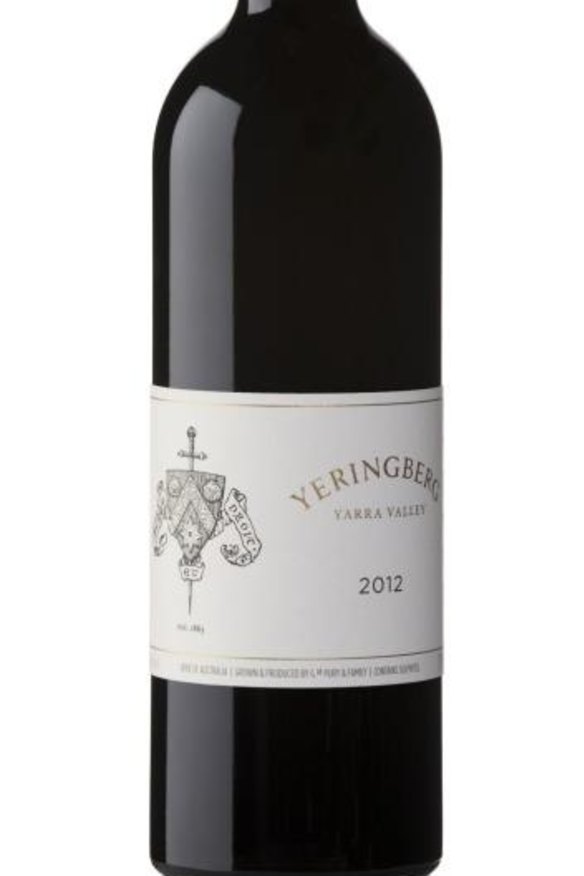
How did it come to this?
Sadly, the very appeal of good Yarra Valley cabernet for some drinkers – fine black fruits, a focused, firm structure – might be contributing to its decline.
In short, it's got a fair bit to do with tannins. Or, maybe that should read, perceived tannins.
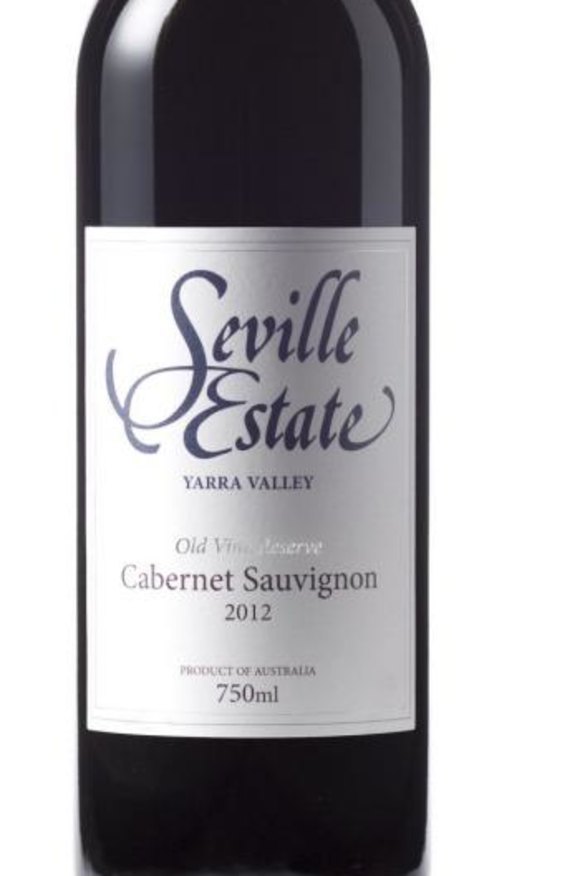
"The general perception by the public is that cabernet is not an easy drinking style," says Sandra de Pury, winemaker at Yeringberg, one of the Valley's long-time promoters of the grape.
"But the tannins in Yarra Valley cabernet are soft and approachable," she counters, with more than a hint of frustration.
De Pury's 2012 Yeringberg cabernet blend is a case in point. It is ridiculously drinkable right now and there's no reason why it can't maintain momentum while building layers of heightened complexity over the next 10 to 15 years. Maybe more.
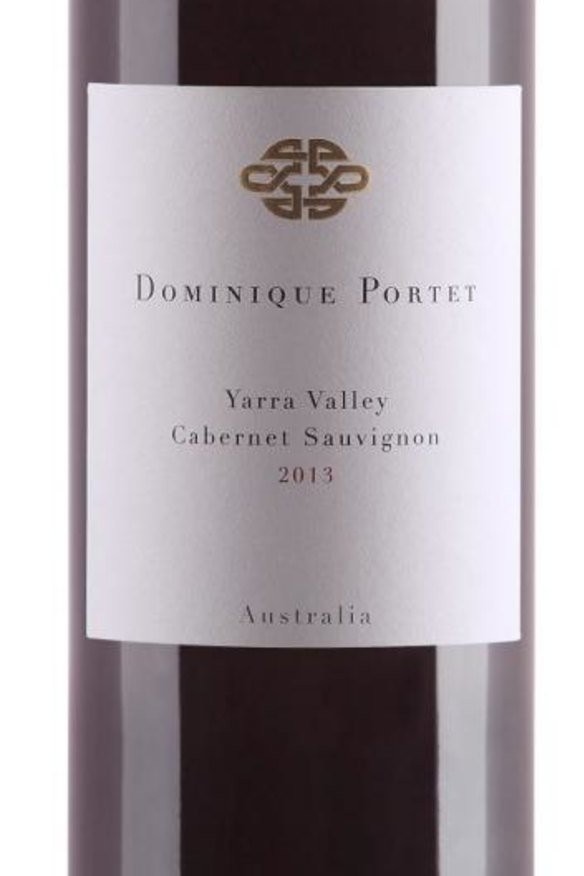
Yeringberg has the proof of longevity lying in its cellar; it's the same story at Mount Mary, Seville Estate, Yarra Yering and a sprinkling of others, including Coldstream Hills (even though it was originally planted to pinot noir and chardonnay in the mid 1980s).
As the next generation of Valley winemakers is discovering, longevity is passe. It's the here and the now that most drinkers crave.
Who really wants to know that when Paul de Castella bought Yering Station outside Yarra Glen in 1850 he arranged for some 20,000 cuttings – most sourced from Chateau Lafite in Bordeaux – to be imported and planted. The move to cabernet sauvignon (or carbinet as it was sometimes misspelt) brought him and the fledging Valley wine industry acclaim at the 1889 Paris Exhibition.
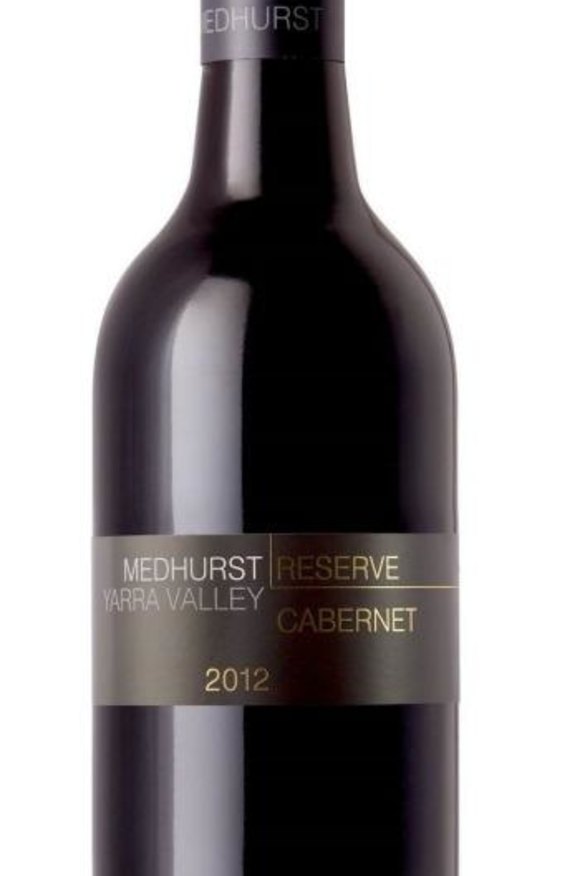
And do drinkers appreciate that modern-day Valley pioneers such as John Middleton at Mount Mary and Peter McMahon at Seville Estate continued to show faith in the grape, choosing cabernet sauvignon as their principal grape variety, so well suited was it to the region's climate and soils? Nope, appears not.
Dylan McMahon is the grandson of Peter McMahon, and is at the winemaking helm at Seville Estate today.
He sources cabernet from growers in the Upper Yarra for a cabernet sauvignon blend exported to China, and believes a big fluctuation in prices for the grape on the Valley floor could be forcing some growers' hands. That, and low prices. In 1999, cabernet was priced at $2096 per tonne, today it's about $1390.
"You can pull out cabernet that you might have been struggling to find a home for, or graft it over to pinot and chardonnay," he says, "and probably guarantee to find homes for them each year."
Even quality old-vine cabernet is not safe.
McMahon recalls Seville Estate's old vines were in danger of being removed back in the late 1990s, under the then ownership of a group headed by Hunter Valley winemaker Iain Riggs. "I kicked and screamed a lot," recalls McMahon (who remains firm friends with Riggs).
There are believers in the grape. One is relative newcomer Levantine Hill , which considers cabernet one of the Valley's strengths, releasing it at $80, equal price to its pinot noir and syrah (shiraz).
Another is Ben Portet, winemaker at Dominique Portet, who makes three cabernets, including the company's $150 flagship, Andre.
He is the tenth generation winemaker in his family, one that traces its winemaking roots back to Bordeaux, the home of cabernet sauvignon. He can't help but love the grape and he doesn't mind the tannins at all.
His cabernet take looks to combine some winemaking methods his dad and probably grandfather, Andre, did back in the day (skin contact, up to 60 per cent new French oak) but on a finer, gentler scale. He also employs a secret weapon: a dash of merlot. It helps brings a prettiness to cabernet, a rare commodity. Then, skin contact and time on lees bring forth savouriness.
Modern Yarra Valley cabernet can be exciting, elegant, exhibiting power and an alluring plushness, drinkable now and later.
Those pesky tannins, as Sandra de Pury argues, really can be soft and approachable.
Yarra Valley "sexy" cabernet sauvignons? Here they are!
Levantine Hill 2013 Cabernet Sauvignon
Medhurst 2012 Reserve Cabernet Sauvignon
Dominique Portet 2013 Cabernet Sauvignon
Seville Estate 2012 Old Vine Reserve Cabernet Sauvignon
Yeringberg 2012 Cabernet